Wendy Young is a photographer and educator currently residing in Cerrillos, New Mexico. Raised in the American South, she began photographing at the age of nineteen. In early series, Young explores adolescence by photographing her daughter, Corey, and her friends in their teenage years. In 2004 she was awarded the Willard Van Dyke Award by the New Mexico Council on Photography for this work, entitled, “Teenagers”. She has been photographing the American South since 2000 and is currently examining Southern white male culture in her project entitled, “Free, White, and Twenty-One”, and the impact of Confederate Monuments on Southern communities, in her work entitled, “A Long and Slow Surrender”. Her images have been shown at AIPAD, SlowExposures, photo-eye Gallery, the New Mexico Museum of Art, the Albuquerque Museum of Art and History, the Santa Fe Art Institute, and The Ross Museum of Art, Ohio Weslyan University.

At first, I was disappointed to see this monument in a box. Then I saw the sign that speaks of Heritage. Apparently, people got alarmed at the monument being boxed. The sign was placed to ease their worry.
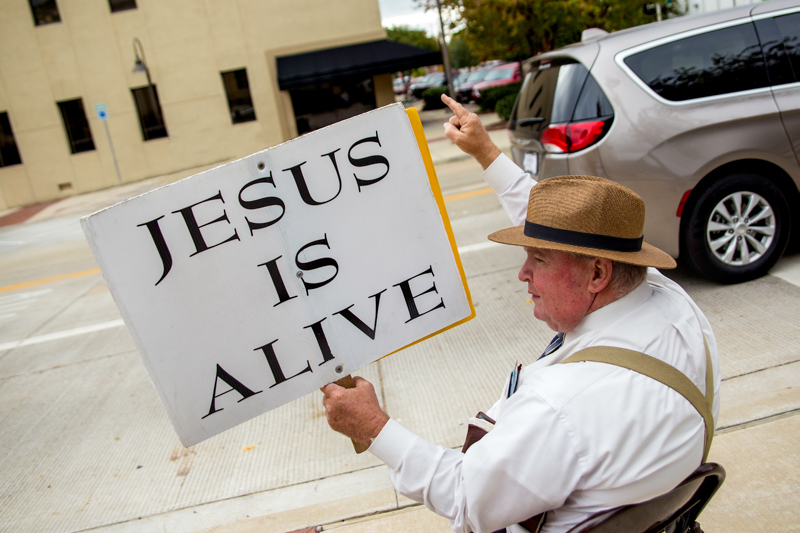
I spoke with this street preacher in Longview, TX. When I asked him where he was from, he told me he was from a small town in Alabama that I wouldn’t know anything about. He was from Florence, AL, where my Great-Grandmother lived.

Most of the monuments I photographed were pretty easy to find. I put the name of a town in my GPS and I would end up in front of the monument. They are almost always in the center of town.
A Long and Slow Surrender
It all started with a disagreement with my friend. She stated vehemently, that all the Confederate Monuments needed to come down. Now.
My gut reaction was, “No damn Yankee is going to tell me what to do with my statues!” I struggle with that reaction because I have no real connection to these monuments. I do understand the conflict they represent.
I am exploring my clash with my Southern Heritage through these images of Confederate Monuments and the religious conflicts, racial issues, and rural connections that Southerners experience living among them.

You really can’t discuss the South without speaking of God, guns, and guts.

Driving the backroads through the South reveals what I didn’t see when I lived there. My struggle with my Southern Heritage is revealing itself.
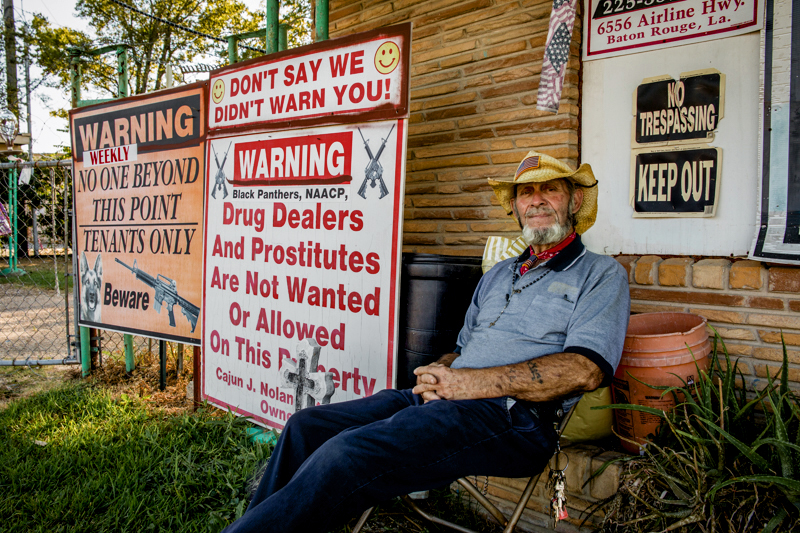
I’ve known Cajun J for about 3 years. He is a self-proclaimed racist. He became racist after he left the Merchant Marines and moved to a black neighborhood. He was also the first person to tell me that Trump would be President in 2016. He calls me from time to time to let me know that he is praying for me.
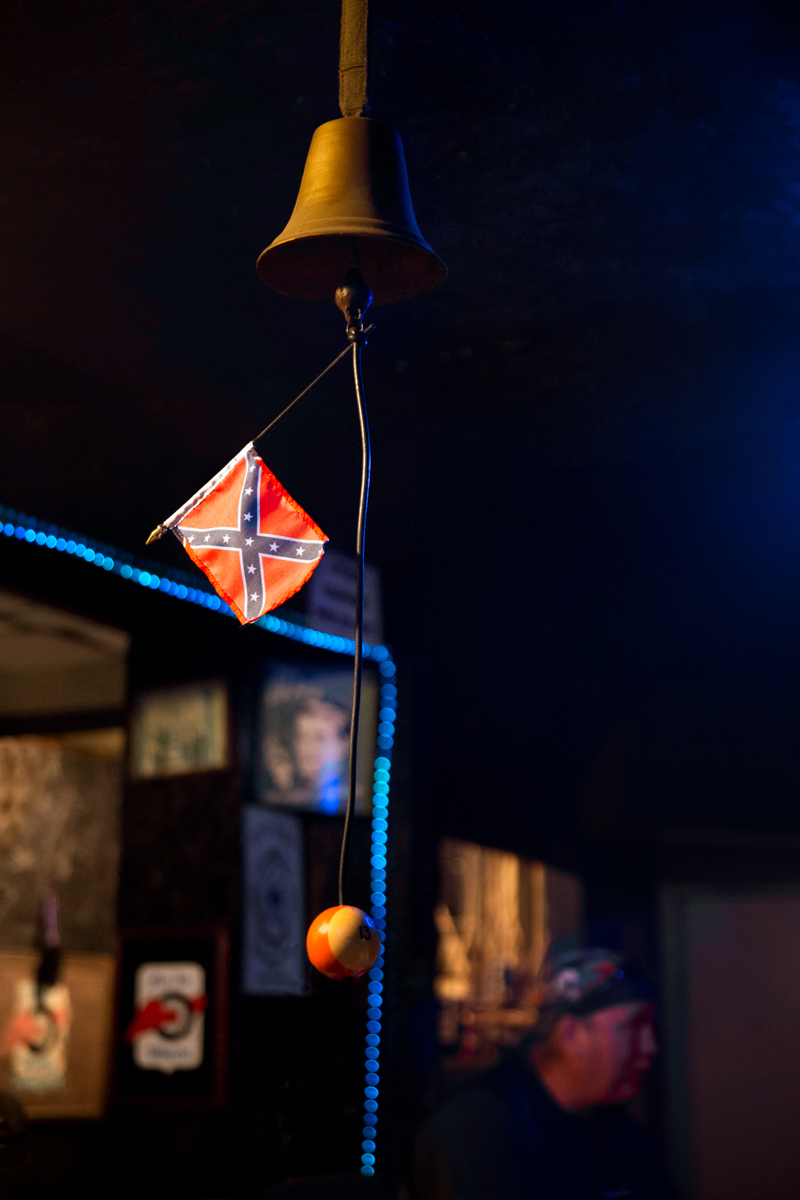
I stopped at a motorcycle club that had a giant Confederate Flag painted on the outside. A man inside invited me in. The President of the club told me that the Confederate Flag isn’t about “the ni**ers”.
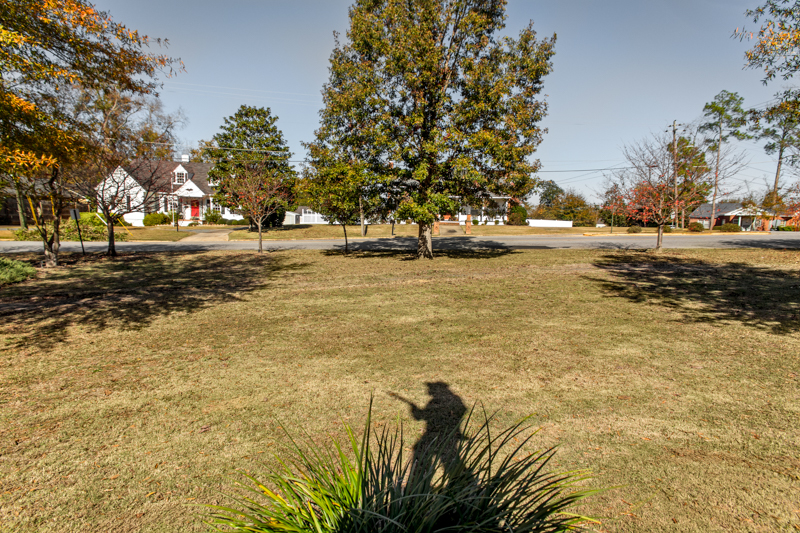
This Monument to the Confederate Dead was erected in 1901 in Americus, GA. It’s an example of post-reconstruction monuments placed by Ladies Memorial Association, and the United Daughters of the Confederacy. It is a reminder of White Supremacy.

I found Mike on Facebook. He was protesting the removal of a monument. I was struck by the kindness of his approach. When I met him, he made breakfast for me at his house. He loves his Southern Heritage.

Monuments come in all forms. Taxidermy is a monument to power over nature. The Confederate Flag is a monument to power over other races. The South is complex. I couldn’t see the dark truths hidden in the South until I moved away.

Juneteenth is the oldest known celebration commemorating the ending of slavery in the United States. On June Nineteenth, 1865, Union soldiers landed at Galveston, Texas with news that the war had ended and that the enslaved were now free…two and a half years after President Lincoln’s Emancipation Proclamation.

I stumbled upon the Juneteenth Museum, Gallery, and Theater in Fort Worth on June 16, 2018. This wall is the pride of Sam, who runs the museum. I was welcomed with open arms at his Juneteenth Blues Music Show that evening. Everyone introduced themselves to me and told me they were glad to have me present to celebrate with them.

Sam was so happy to show me around his Juneteenth Museum, Gallery, and Theater. He’s proud of his heritage.

A portrait of a Judge in the abandoned courthouse of Carrolton, AL.
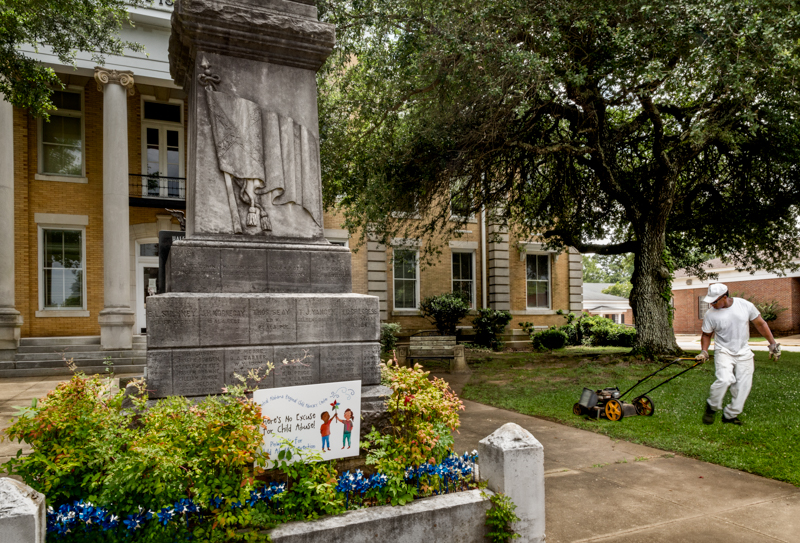
This monument is located in Hale County, Greensboro, AL. Hale county is famous for Walker Evans and William Christenberry photographing there. It’s named after Confederate officer Stephen Fowler Hale. Mostly controlled by whites, Hale County has a long history with voter disenfranchisement and Jim Crow Laws. Many African-Americans have to work beneath Confederate Monuments.
To view more of Wendy Young’s work please visit her website.